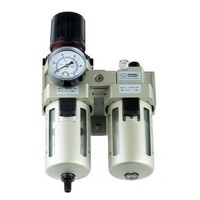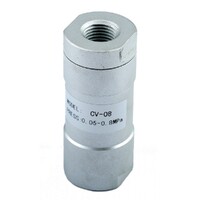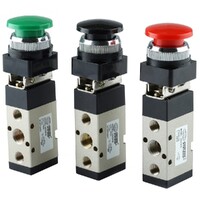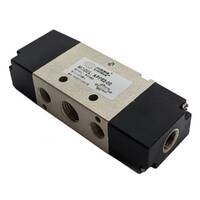Pneumatic Valves
PCI has a full range of pneumatics for industry including pneumatic valves, pneumatic fittings, air service equipment and air pilot valves. These are commonly used in all industrial applications where compressed air is used. These have the advantage of being cheaper to run and install, lower maintenance costs and easy fault finding. Also commonly used in hazardous areas where electric current cannot be present due to the surrounding environment. A full stock range based in Geelong with same day delivery into Melbourne and surrounding suburbs.
Subcategories
-
Common pneumatic control systems
Common pneumatic control systems include pneumatic actuators, which control the movement of machinery such as valves or pumps; pneumatic control valves, used to regulate the flow of compressed air or gas in a system; pneumatic sensors, which detect changes in air pressure or flow and provide feedback to the control system; and circuits designed to control the sequence of operations within a system.
-
What are pneumatic valves?
Pneumatic valves are devices used to control the flow of compressed air or other gases in pneumatic systems. These valves are essential in many industrial and commercial systems, such as manufacturing equipment and machinery. Types of pneumatic valves include Directional Control Valves, Pressure Control Valves, Flow Control Valves, and Proportional Control Valves, each serving functions like controlling airflow direction, regulating air pressure, or adjusting flow rate.
-
What equipment goes into a pneumatic system?
The most common components of a pneumatic system include a compressed air supply, typically provided by a compressor or another source of pressurised gas; piping and tubing used to transport compressed air or gas throughout the system; and devices like pneumatic actuators, valves, and sensors that convert compressed air into mechanical motion, control flow, and detect changes in system variables.
-
How do I install a ball valve?
Installing a ball valve depends on its design and type. For a two-way bi-directional ball valve, you need to connect both ends as it can handle flow in either direction. Connections can be threaded, flanged, tri-clover, or others, ensuring proper alignment and a leak-tight seal.
-
How long will my product take to get to me?
Delivery times vary based on location and chosen freight method. Express freight usually delivers next day to metropolitan areas in Australia for items under 5kg. Road freight, if selected, typically takes 1 to 10 days.
-
What warranty do I get?
All products come with a 12-month warranty. Valves are tested and inspected before leaving our warehouse, adhering to API598 standards, ensuring minimal issues and long-term operational reliability.
































